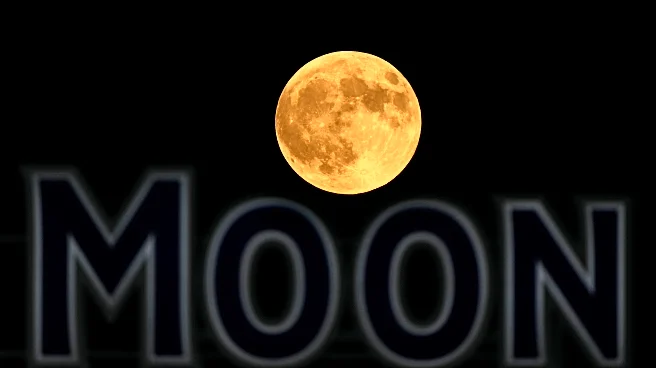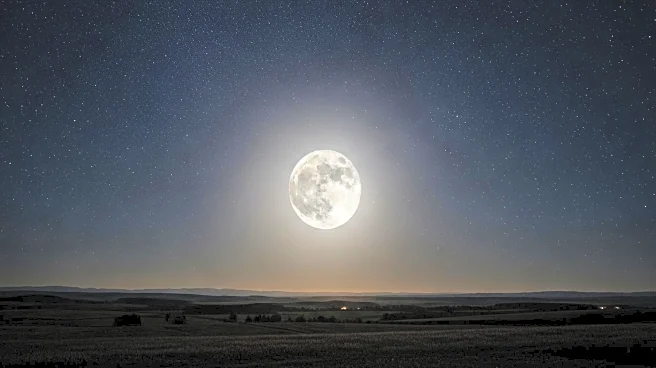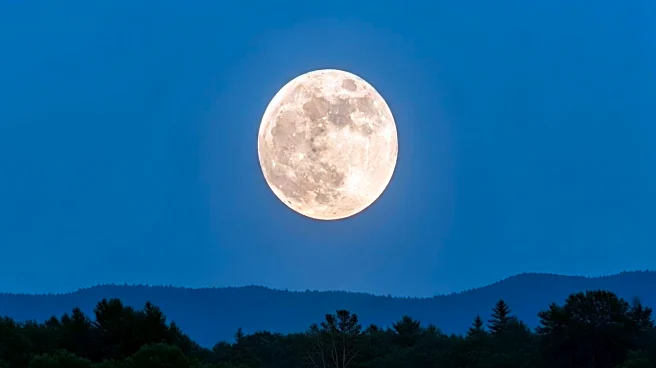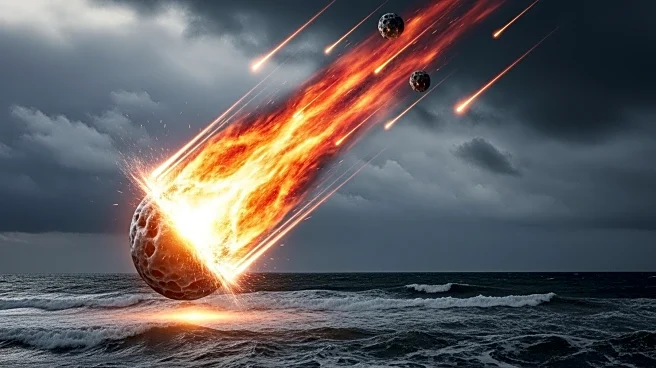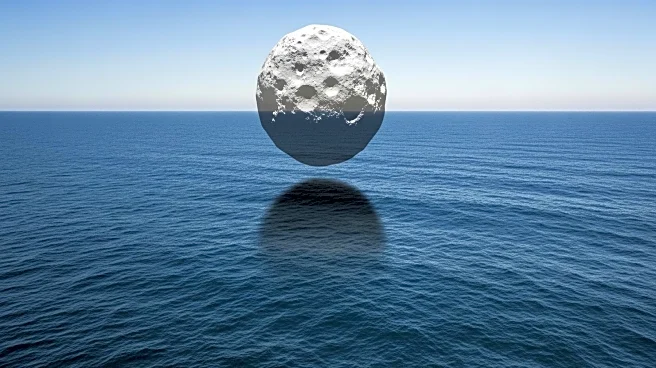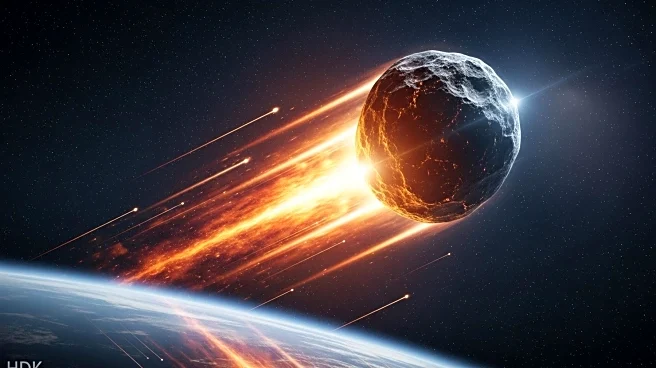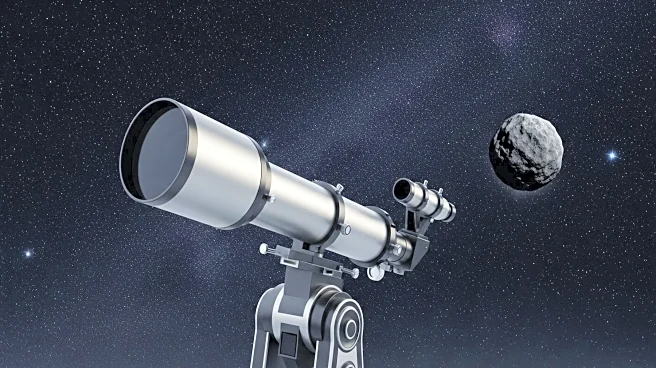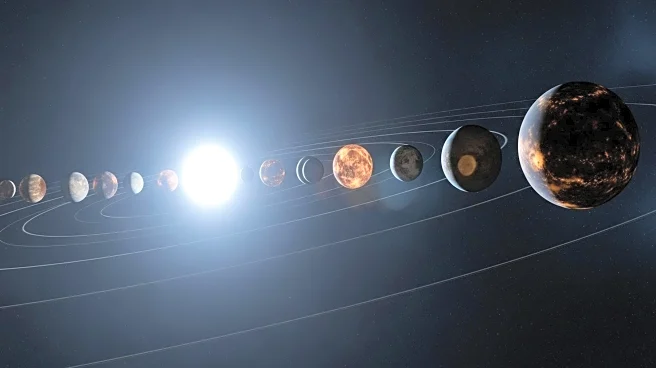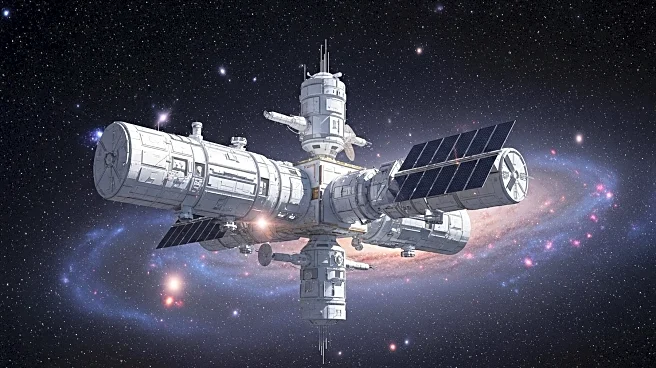What's Happening?
Geophysicists working for Evolution Mining, a gold prospecting company, have discovered a massive impact crater in Western Australia. The crater, located near Ora Banda, northwest of Kalgoorlie-Boulder, spans nearly five kilometers in diameter, making it one of the largest in the world. The discovery was made during gold exploration activities. Researchers used gravimetric measurements and core sampling to determine the crater's age, which is approximately 100 million years, dating back to the Cretaceous period. This places its formation before the Chicxulub crater in Mexico, known for its role in the extinction of the dinosaurs. The crater was hidden in a flat region, filled in over geological time, and its discovery suggests that Earth may have experienced more asteroid impacts than previously thought.
Why It's Important?
The discovery of this massive impact crater could have significant implications for scientific understanding of Earth's geological history. It challenges existing perspectives on the frequency and impact of asteroid collisions with Earth. The presence of 'shatter cones' in core samples indicates the size of the celestial body that created the crater, estimated to be between 100 and 200 meters in diameter. This finding could lead to further research into the frequency of such impacts and their effects on Earth's environment and evolution. The discovery may also prompt scientists to reassess the number of impact craters on Earth, which are rare and valuable for understanding planetary history.
What's Next?
Future efforts will focus on assessing the frequency of asteroid impacts and understanding the reasons behind their occurrence. Researchers may conduct further studies to identify more hidden craters and analyze their geological and environmental impacts. This could involve advanced geophysical techniques and collaboration among international scientific communities. The findings may also influence the development of new models for predicting asteroid impacts and their potential consequences for Earth.
Beyond the Headlines
The discovery of the crater highlights the importance of interdisciplinary collaboration in scientific research, combining geophysics, geology, and astronomy. It underscores the potential for unexpected findings during routine exploration activities, which can lead to significant advancements in scientific knowledge. The study of impact craters also has ethical implications, as it raises questions about planetary defense and the need for strategies to mitigate potential future asteroid impacts.


